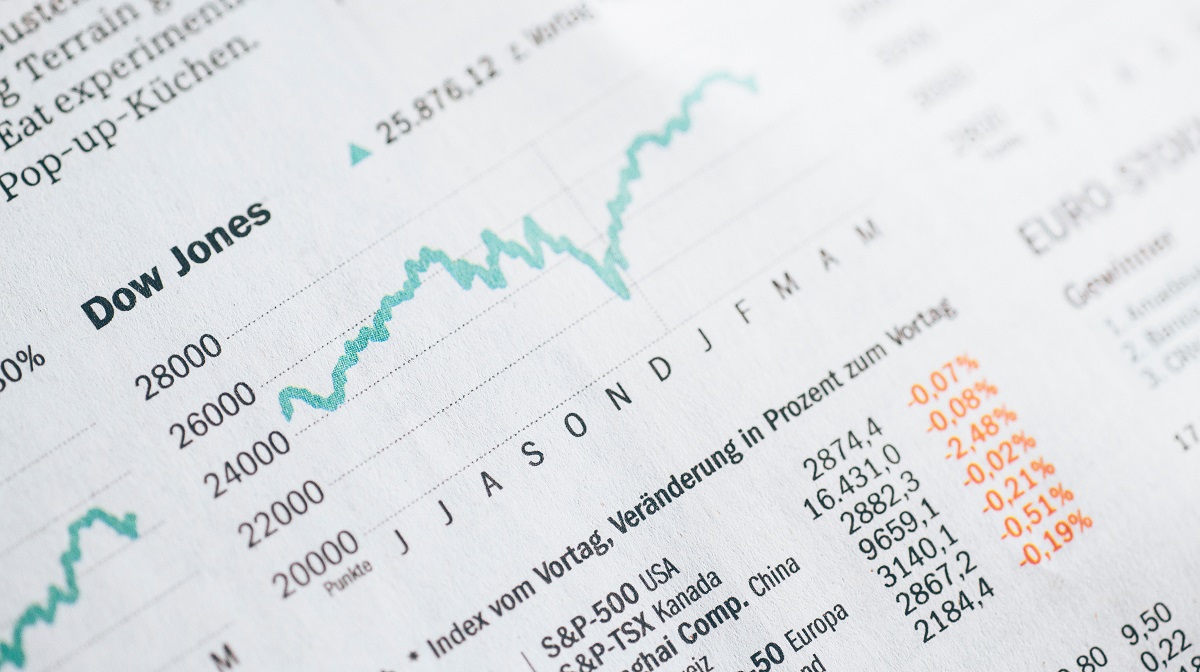
U.S. consumer spending has been altered by the coronavirus pandemic. Our data reveals that consumers are changing the way they pay for goods and services, with some industries seeing spending shift toward online purchases. Additionally, the pandemic has changed the types of purchases consumers are making, with stimulus recipients increasing their spending on big-ticket items. By analyzing industry-level data, consumer spending trends can provide insight into which sectors of the economy are recovering fastest.
Overall, consumer spending in July versus the same month in 2019 is up nine percent across all sectors, an aggregation of over 4,700 major U.S. companies. This analysis does not include sales at local brick and mortar retailers, business-to-business sales, or cash transactions—all of which may be more impacted by COVID-19.
![]()
As the economy continues to reopen, Second Measure will publish recurring data on the performance of industries affected by COVID-19 and spotlight noteworthy findings.
Demand increasing for local delivery services
Local delivery sales rose 23 percentage points year-over-year from June to July of this year. This spike was most pronounced in the final week of June, where year-over-year sales growth jumped to 158 percent from 120 percent the week before.
![]()
This was sustained through July, as the month saw weekly year-over-year growth of more than 140 percent, before dipping slightly to 132 percent in the final week of the month. July also marks the first month since April to have an increase in year-over-year sales nearing initial shelter-in-place levels. Growth had been declining since May with the re-opening of states nationwide.
Despite initial blowout sales, hair salons are seeing tamer growth
Hair salons and barbershops throughout most of America were severely impacted by nationwide shelter-in-place orders. Year-over-year sales were down 98 percent in April, a stark contrast to the 11 percent growth the industry demonstrated in January of this year. Then in May, the industry bounced back rapidly, especially in states where shelter-in-place orders were lifted earlier than the rest of the country.
![]()
Month-over-month sales surged in midwest and northwest states, with Idaho, Arkansas, West Virginia, and Iowa observing upwards of 200 percent growth. States like California and New York, which were among the hardest hit by shelter-in-place orders, observed little to no growth between April and May. However, sales in these states gained momentum in June, posting modest month-over-month growth in sales.
![]()
Minnesota leads the pack with 15 percent month-over-month sales growth in June. States in the northeast, including Connecticut, New Jersey, and New York all grew more than 10 percent, while California and Washington observed month-to-month growth of 7 percent.
Growth slowing down in finance and insurance spending
While consumers have demonstrated strong spending year-over-year on personal finance tools and insurance policies, this growth appears to be slowing down. Finance and insurance spending grew 186 percent year-over-year in March, before falling to 42 percent growth in April, and 17 percent in May.
![]()
Most of the growth in March can be attributed to the week prior to the start of statewide mandatory lockdowns, where market instability and financial uncertainty for large swaths of the population led to an over 200 percent increase in spending on financial instruments and insurance policies. Subsequent week-over-week spending fluctuated, with some still seeking to capitalize on market uncertainties.
Some parts of the transportation industry are recovering faster than others
The airline industry was one of the first to feel the effects of COVID-19. During the week beginning on March 30, sales in the airline industry reached their lowest point relative to 2019. That week, sales were down 93 percent versus the same week the year prior. Other segments of the transportation industry, like rideshare, soon followed in decline. The rideshare industry had its worst performing week relative to 2019 just one week later, with sales down 91 percent.
![]()
However, the airline industry has also been one of the first to bounce back. During the month of April, sales were approximately 8 percent of what they were in 2019. In contrast, sales in the first half of May, were nearly 15 percent of what they were in the same period in 2019. This represents a 75 percent increase between months.
Other segments of the transportation industry have yet to show the same degree of recovery. For example, rideshare sales only rebounded roughly 20 percent between the start of April and May 17. Given that flights are typically paid for in advance of travel, these findings may indicate travelers feel confident booking a trip later in the year or further into the future, even if they’re unwilling to travel at present.
Home improvement spending increases as consumers stay home
With people spending more time at home, the home improvement industry has seen major growth during the pandemic. Hardware stores have consistently shown positive year-over-year growth every week since March 16. Additionally, average transaction values appear to have peaked in April and are still elevated vs. pre-pandemic values.
![]()
Purchase totals at hardware stores first started climbing in early March, rising 8 percent in a single week. Most notably, during the week of April 13—around the same time stimulus checks first went out—they reached a peak value of $110 and have remained around $100 since.
To learn more about the data behind this article and what Second Measure has to offer, visit https://secondmeasure.com/.







Sign up to receive our stories in your inbox.
Data is changing the speed of business. Investors, Corporations, and Governments are buying new, differentiated data to gain visibility make better decisions. Don't fall behind. Let us help.













Sign up to receive our stories in your inbox.
Data is changing the speed of business. Investors, Corporations, and Governments are buying new, differentiated data to gain visibility make better decisions. Don't fall behind. Let us help.





